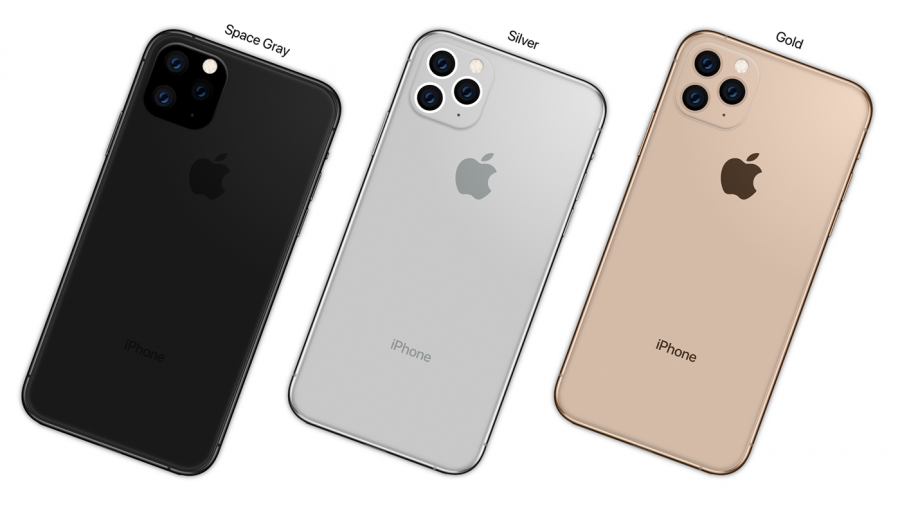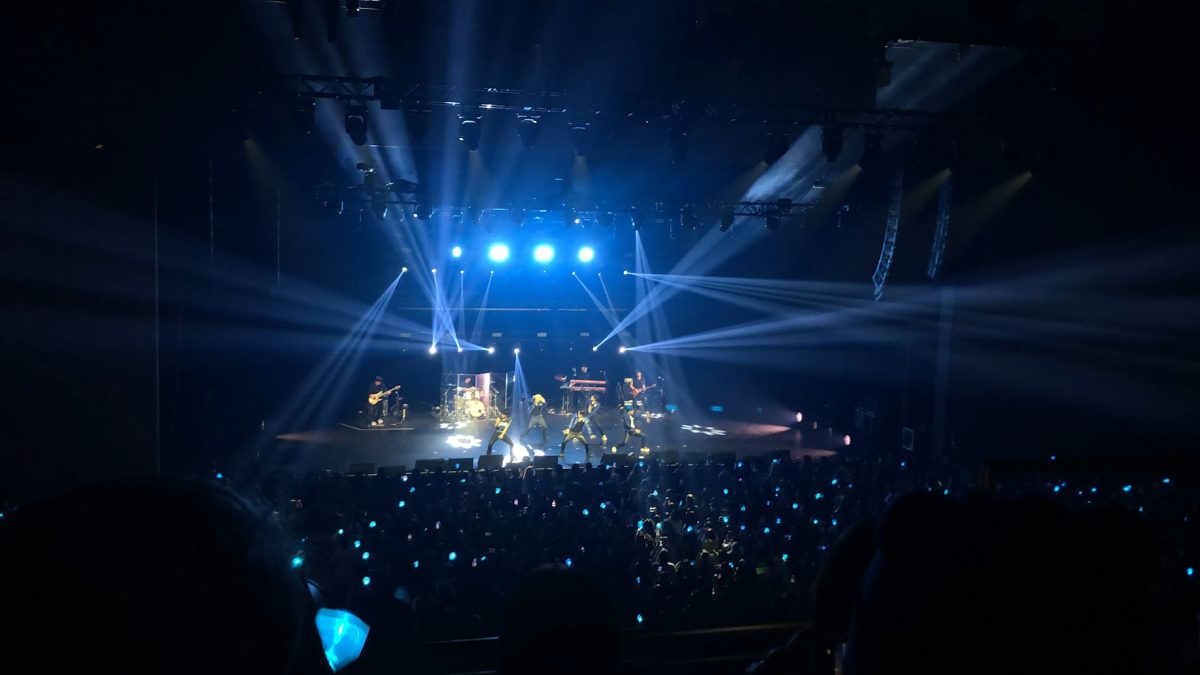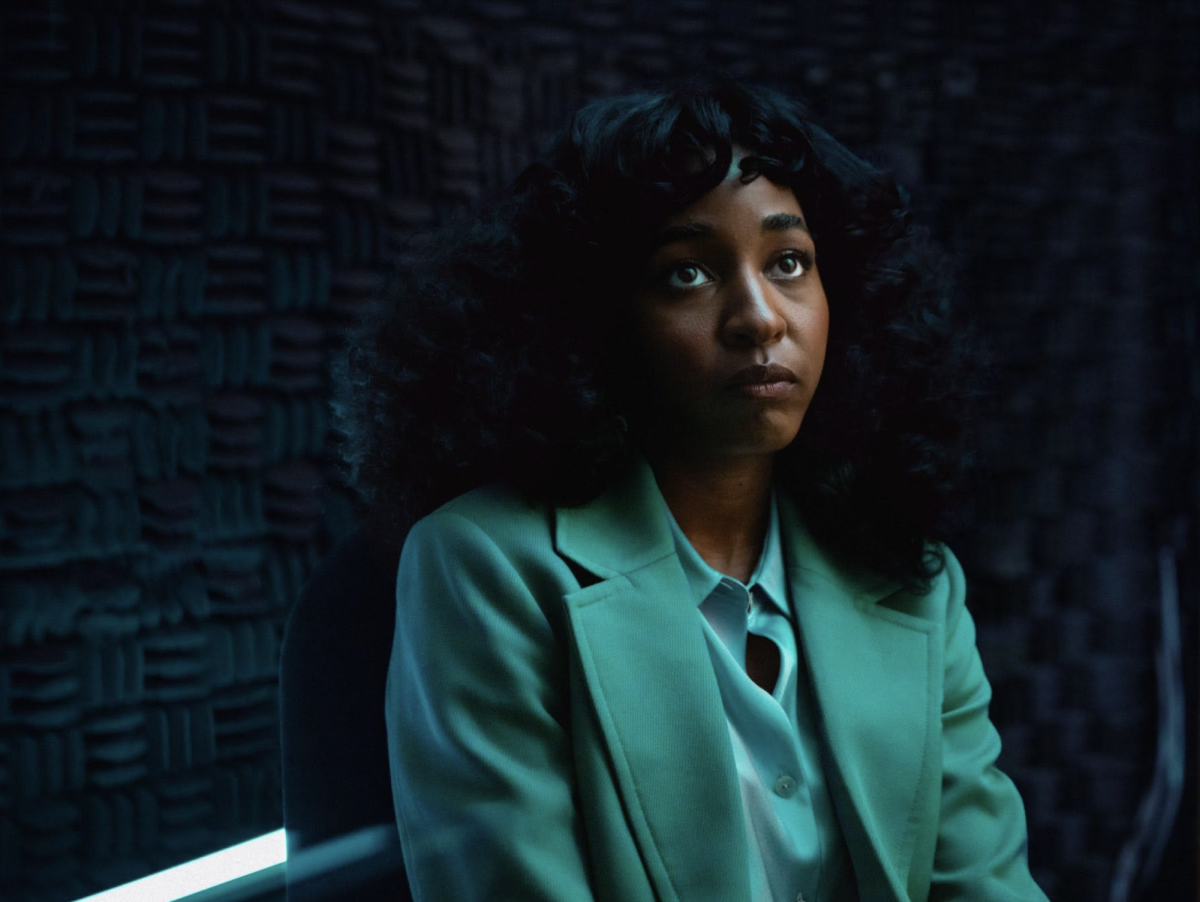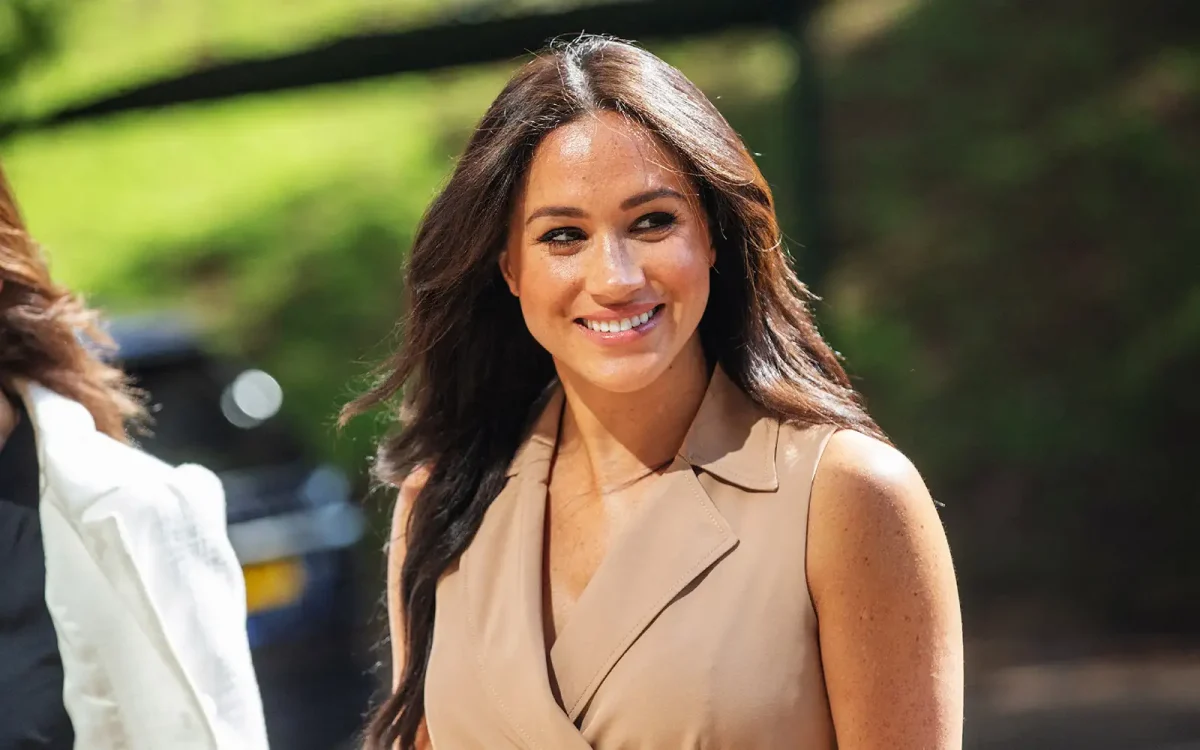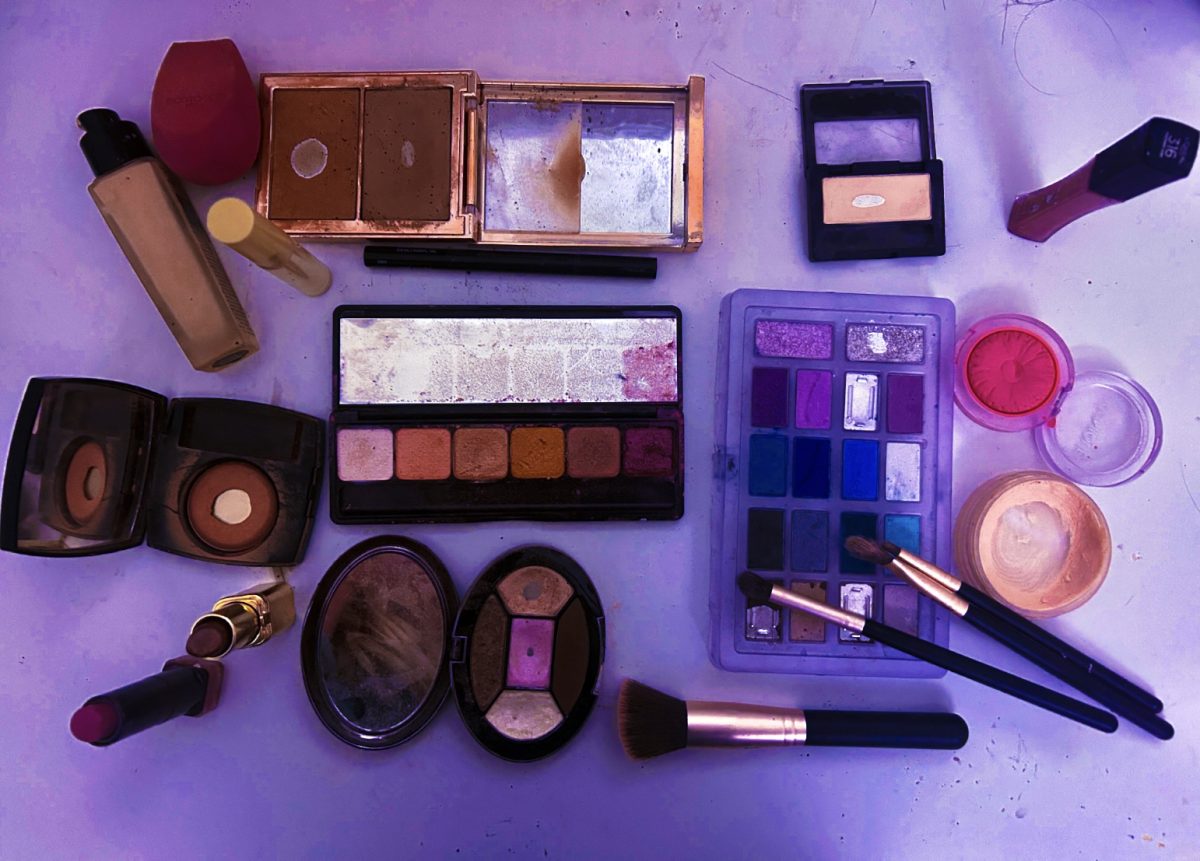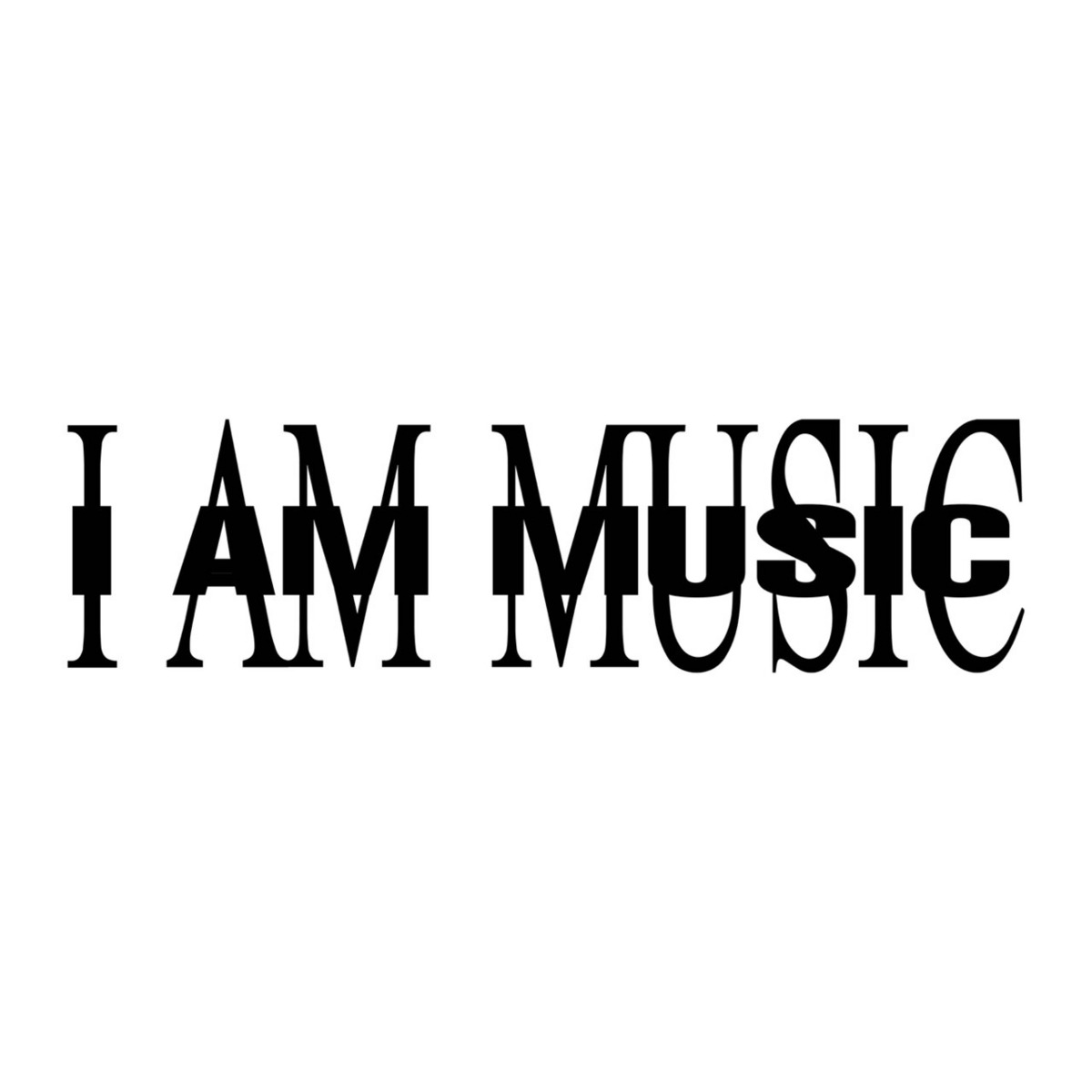It’s been almost a month since Apple released the iPhone 11 and 11 Pro to the world, and McLean students have been able to get their hands on the highly anticipated products, each forming their own opinions about the devices.
During their release event, Apple pointed out many new features for the iPhone 11 Pro in relation to its predecessor, the iPhone XS. It boasts a faster processing chip named the A13 Bionic, and a new triple-camera system, which allows for better low-light photos and wider shots, thanks to its ultra-wide lens. Apple also talked about increased water resistance, improved battery life, and the implementation of the “strongest glass in the world” on the front and back panels.
It has two sizes, the $999 11 Pro with a 5.8-inch display, and the $1,099 11 Pro Max, with a 6.5-inch display. It comes in a sleek Space Grey color, a bright Silver, an elegant Gold, and a stealthy Midnight Green. However, while these features seem promising, students transitioning from last year’s iPhones don’t find much of a difference.
“I bought [the iPhone 11 Pro] for the better battery and the really high camera quality,” sophomore Tommy Lam said.
Lam’s old phone was an iPhone XR, one of Apple’s best-selling iPhones, which they released in October of last year.
“I like the new iPhone, but compared to my XR, I don’t think it was worth it because it’s not really that different from my old phone. The only thing better is the battery and the camera quality. The look and functionality is the same aside from the camera because there are three. Also, you can get dark mode and other [software features] on older phones so that isn’t that special about the 11,” Lam said.
His concerns are justified. Compared to the iPhone XR, the only difference between that and his new phone is the camera. Everything else has stayed the same in this year’s upgrade, including features like the display, facial recognition system, and speakers, not to mention the fact that the iPhone 11 Pro starts at $999, while the XR now starts at $599.
The iPhone 11 was announced on the same day as the 11 Pro, and Apple illuminated some key features compared to its predecessor, the iPhone XR. In contrast, it also houses the more powerful A13 chip compared to the XR’s A12, and has 2 cameras compared to the XR’s single lens. It comes in a variety of new colors, which are Black, White, Green, Yellow, Purple, and Red.
Coming from the iPhone SE, a model launched in 2016, I noticed a significant difference in how the iPhone 11 works and how the new software has been implemented. The lack of a home-button was a welcome change as I found it very easy to adjust to Apple’s gestures and shortcuts.
The camera takes clearer shots, and the additional lens increases photo and video quality. Face-ID, Apple’s facial recognition system is much more secure than Touch-ID, which is Apple’s fingerprint recognition system. Face-ID is extremely fast when unlocking your phone, and it’s implemented very well into the software, requiring facial authentication when using Apple Wallet or downloading an app. The display is extremely clear and delivers a good quality image, from scrolling through Instagram to watching Netflix. The snappier A13 chip is a nice upgrade, with content loading faster, and overall completing common tasks with more efficiency. Speaking of efficiency, this generation of iPhones has amazing battery life. With my old phone, I had to charge multiple times a day. This year, I rarely need to charge even at the end of the day, and I never have to worry about battery life. With an average of about 6 hours of screen-on time daily, I’m consistently ending the day with almost 30% remaining.
The all-glass construction allows for wireless charging, but when compared to Android competitors. It’s too slow and not as effective. The big “notch” at the top of the display hasn’t gone away this year either. It’s easy to ignore, but competitors like the Samsung Galaxy S10 have displays all the way to the edges, with a single circular cut-out. The main drawback for this year’s iPhones is how the design hasn’t changed at all, except for the cameras. Other companies like OnePlus and Samsung have been changing their designs every year, while Apple has stuck to the same to the same design language for the last few years.
Though Apple hasn’t changed the design too much, it can’t be denied that the phones are still great, and they’re the most advanced iPhones Apple has ever made. Additionally, iOS 13, Apple’s latest operating system for their phones, has been getting positive user feedback.
“I really like the iPhone 11, it works very well. The camera is really good and cool, especially night mode,” sophomore Melanie Lindsey said.
Lindsey is coming from an iPhone 8, and says the iPhone 11 was worth the upgrade.
“I believe it was worth it. The newest iPhone is always faster and it’s fun to get the new phone,” Lindsey said.
When making the transition from an older phone like the iPhone SE or iPhone 8, it’s easy to see how the upgrade to the 11 or 11 Pro seems worth it. Almost every aspect is improved, from the additional cameras, better display, and speakers, to the security features and overall phone build. However, when switching from a newer phone, the upgrade will seem incremental due to the fact that Apple hasn’t drastically improved the iPhone product line since the iPhone X.
The iPhone 11 and 11 Pro are both amazing pieces of technology, each of them boasting advanced new features.
However, when deciding to upgrade, keep in mind your current situation. If your phone is in dire need of an upgrade, by all means, buy the phone and enjoy the best Apple has to offer! On the other hand, if your phone was released within the last couple years, maybe save your money until Apple’s next ground-breaking innovation.
Combining the fact that they are major upgrades when switching from older phones, but also taking into account the incremental upgrades Apple has made this year when compared to newer phones, I rate this phone a 4/5.


